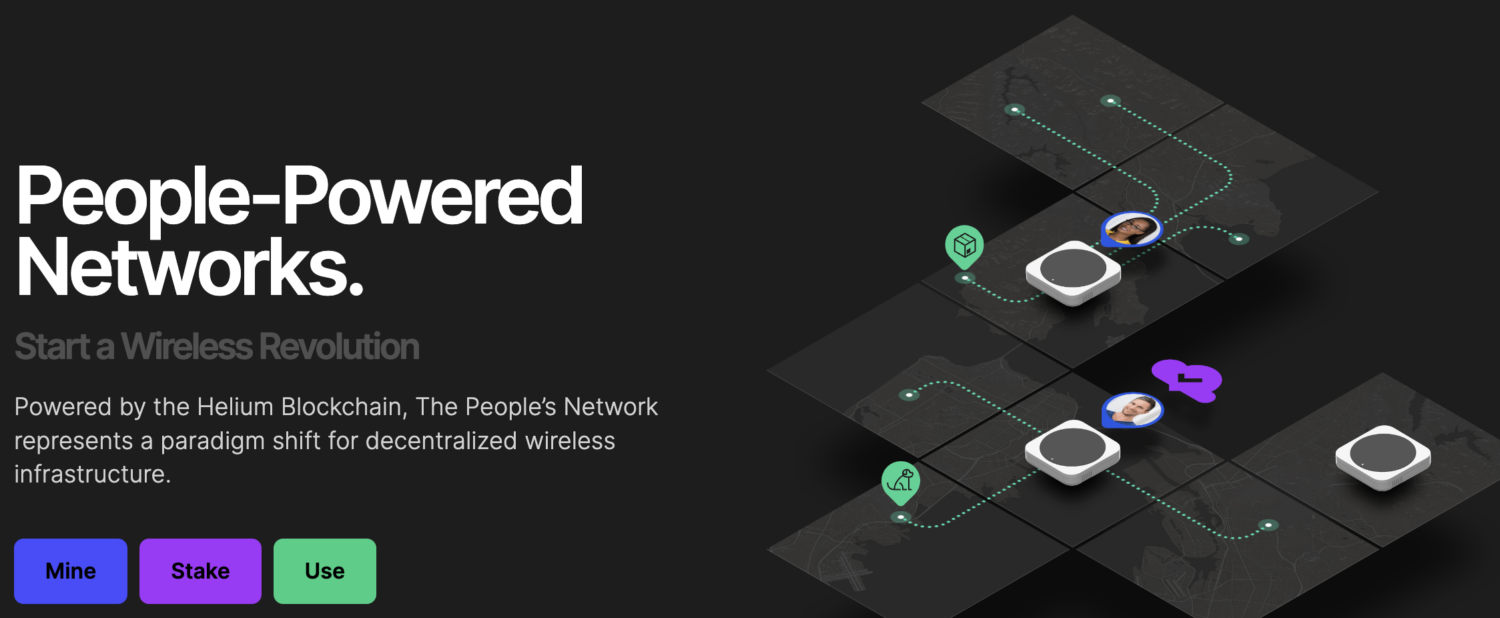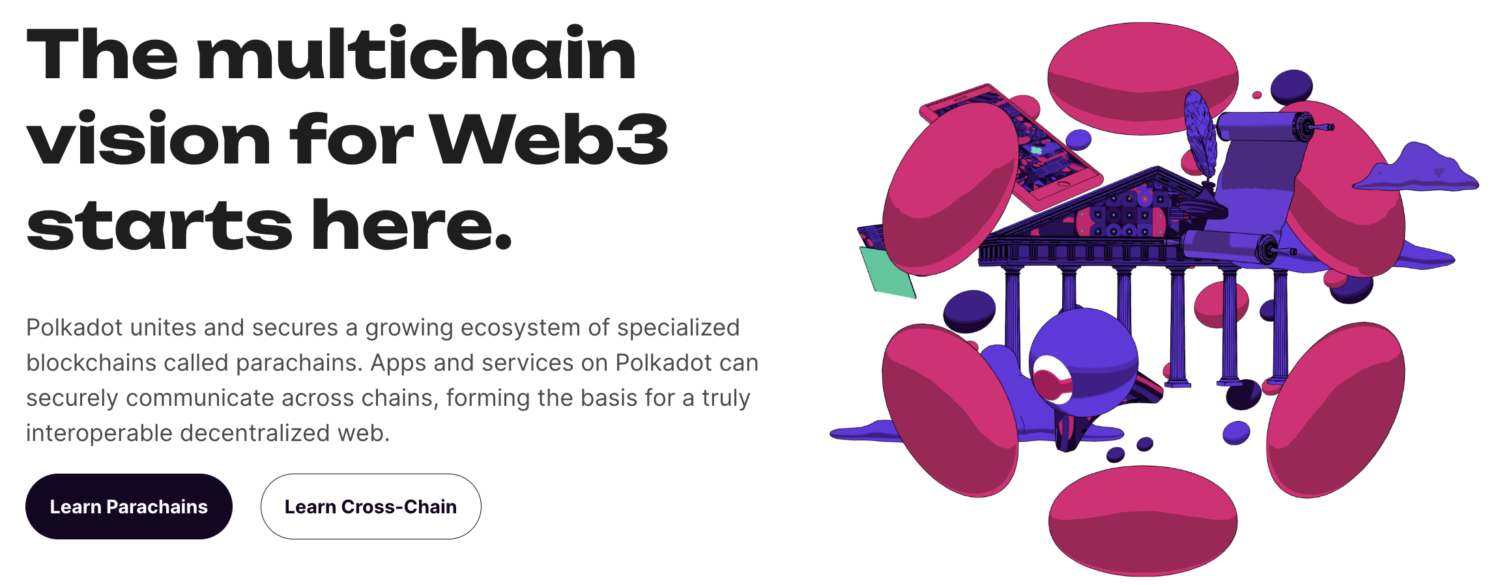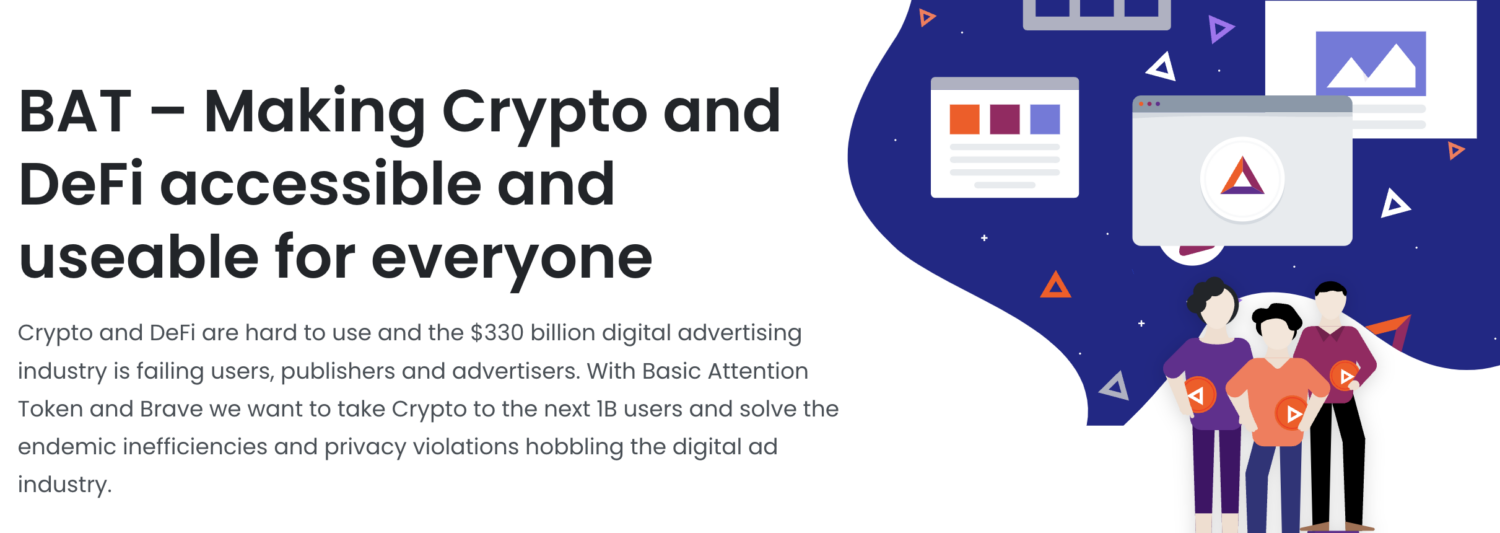Web 3.0 cryptos, a new generation of cryptocurrencies, combine blockchain technology with smart contracts and aim to make the decentralized vision of Web 3.0 a reality of completing a transaction without third parties and controlling their data.
There’s every indication that the fierce crypto race that started in earnest in 2021 when the worldwide crypto market capitalization exceeded $3 million will get fiercer in 2023.
The emergence of Web 3.0, the newest buzzword in the crypto sphere hot on the heels of the metaverse, has taken the internet by storm and promises to expand the crypto space further.
Web 1.0 and Web 2.0 have played a significant role in the growth of the internet. The nascent Web 3.0 focused on decentralization and giving users control over their data seems more adventurous. However, what exactly is Web 3.0, and what are Web 3.0 crypto coins?
This article has compiled a list of the best and safest Web 3.0 cryptocurrencies for you to watch in 2023 and buy as a long-term investment. Also, guessing the best ones can be difficult in a market with more than 1000 Web 3.0 cryptos. Welcome on board.
What Is Web 3.0?
Web 3.0, the newest term referring to the internet, refers to its next significant evolution. Historically, Web 1.0 refers to the internet between 1990 and 2004, when websites were static and mainly owned and controlled by giant corporations.
This was when knowledgeable individuals would buy domain names, and if they got lucky, they would later sell them to companies that needed them.
Next, we entered the Web 2.0 era between 2004 and 2020, which became synonymous with social media and user-generated content. The transition involved a large amount of content creation.
Internet users during this period mainly communicated and connected via social media platforms via vlogs, blogs, and leading social media sites. However, all the data was centralized, and many tech giants, including Microsoft, Google, and Facebook, controlled and benefitted from users’ data. This led to issues, including court cases regarding the privacy and security of user data.
The third evolution of the internet is propelled by the concept of peer-to-peer internet transactions where users have control over their data. Web 3.0, the third iteration of the internet, aims to deal with the ownership and security of users’ data and focuses on decentralization.
The end goal of Web 3.0 is the improvement of data openness and content accessibility by users based on blockchain technology and its different applications or services, including artificial intelligence (AI), machine learning (ML), and the metaverse.
The eventual adoption of Web 3.0 could help to eradicate the need for centralized authorities that store user data besides re-establishing its control in the hands of the user and not any large corporation.
Web 2.0 Vs. Web 3.0
Web 2.0 and Web 3.0 may have similar backgrounds and use similar technologies; the difference is how they approach challenges. A significant difference is that while Web 2.0 is primarily used for writing and reading content, Web 3.0 is a semantic web mainly used for creating content.
This makes Web 3.0 a better technology as it facilitates a smoother information interchange between web users, besides enhancing cybersecurity. Where Web 2.0 mainly connected people, Web 3.0 introduced data into the matrix and helped increase trust due to decentralization.
Other significant differences include the following:
Currency: Transactions in Web 2.0 are mainly paid for using fiat currency (government-issued money). However, Web 3.0 transactions are made using cryptocurrencies, encrypted digital currencies used to fund transactions.
Content Ownership: Web 2.0 networks own and control information storage, raising concerns about access, anonymity, and the security of online data. However, Web 3.0 offers a solution to this problem since users can exchange data directly and simultaneously in different locations.
Application: While Web 2.0 specializes in social bookmarking, podcasts, RSS feeds, blogs, and video sites, Web 3.0 introduces concepts like ML, AI-powered DApps, 3D portals, and virtual worlds like the metaverse.
Privacy: Web 3.0 offers increased data security since users’ data is anonymized, and their digital identity is not connected to their real identity. Companies that use data can’t track or trace you, as in the case of Web 2.0, since all data is stored in the blockchain.
What Is Web 3.0 Cryptos?

Web 3.0 cryptos are decentralized digital currencies that run smart contracts over the internet and are used to secure blockchain projects or make it possible for their native blockchains to function.
A good example is Ether (ETH), the official currency for the Ethereum blockchain and a means for paying for transactions executed on the blockchain, such as game purchases and fees or other related activities.
While a user could complete these transactions via Web 2.0, using Web 3.0 coins means they can finish their transactions discreetly without being watched by a third party.
Moreover, as Web 3.0 gives users greater control over their data, users of Web 3.0 coins own a piece of the internet.
How Is Web 3.0 Crypto Different From Other Cryptos?
Web 3.0 came in at a time when tech giants such as Facebook and Google made huge profits by dominating the internet and monetizing personal data they received from users who accessed their platforms and services.
Web 3.0 changes all that since users own their data and have an equal right to benefit, meaning anyone can sell their data to advertisers and retain ownership and data privacy.
With the emergence of Web 3.0, you no longer need different accounts to access other social media platforms. You only need one account to browse various social media platforms or shop online.
However, note that Web 3.0 isn’t a particular blockchain or cryptocurrency – it is a decentralized version of the internet, and you need Web 3.0 crypto coins to access its numerous services.
Also, Web 3.0 and related cryptocurrencies operate on public blockchains with some similarities, such as trustlessness, decentralization, equal access to all users, and open-source technology.
Among the services you can access on Web 3.0 platforms using Web 3.0 coins include data storage, network infrastructure, data indexing, bandwidth and processing power-sharing, social media, non-fungible tokens (NFTs), blockchain gaming, and many others as the list keeps growing.
Even though the crypto sphere is experiencing turbulence thanks to the crypto winter and bankruptcies affecting significant players, hundreds of Web 3.0 projects are coming up.
As a result, it’s essential to learn about the best Web 3.0 crypto coins to watch for, as they are a gateway to these projects and offer an opportunity for users to make an extra dime.
Our guide will now consider the best Web 3.0 crypto coins based on their utility, continuing traction, and network effect so you can decide if you choose to invest in them.
Let’s explore.
Helium (HNT)

Helium is a decentralized blockchain network powered by the Internet of Things (IoT) and devices that use the proof-of-coverage algorithm.
Users of Helium can build a decentralized wireless infrastructure that allows low-power devices to communicate and transmit data over a network of nodes referred to as hotspots covering a certain percentage of the network.
The hotspots act as miners, and where network users buying or building a hotspot can both operate nodes or mine HNT, the blockchain’s native cryptocurrency.
Ethereum (ETH)

Ethereum is the original smart-contract blockchain that has remained a leading blockchain on the market. The open-sourced blockchain is the most highly-used network supporting many DApps and DeFi networks, making it a top Web 3.0 crypto coin.
Ethereum recently underwent an upgrade called The Merge when it switched from a proof-of-work to a proof-of-stake consensus mechanism, so it remained a blockchain of choice among users.
Ethereum is also home to some of the leading NFT marketplaces, such as OpenSea, which offers the famous Bored Ape Yacht Club collection (BAYC) of NFT tokens.
Dash 2 Trade (D2T)
The Dash 2 Trade is among the newer Web 3.0 crypto coins that defied all expectations and raised over $400,000 during its first 24 hours upon its presale release. Soon after, its 70,000 investors raised a further $6 million, meaning the D2T captured the imagination of investors interested in Web 3.0 investment fast.
Dash 2 Trade is poised to become a leading tool for crypto investors who are interested in making informed choices. Some top features of D2T include analytics to highlight on-chain trends, built-in back-testing capabilities, a strategy builder, and an alert for listings in crypto exchanges.
All these factors make D2T a good candidate for Web 3.0 crypto coin investments.
Chainlink

The Chainlink decentralized network is built on the Ethereum blockchain and is best known as the first-ever platform that facilitates smart contracts based on real-world data.
The platform easily integrates with other blockchains, which is why it’s become widely used for oracle services.
Since its launch in 2017, LINK, Chainlink’s native token, has garnered a 4,190% price increase and benefits from being among the pioneer smart contract networks.
Filecoin
Filecoin is a decentralized peer-to-peer storage network that allows users to earn FIL, the platform’s native token, by renting excess space on their computers.
Among the primary benefits users garner from Filecoin is space for storing digital assets like music and art in the form of NFTs. As long as they’re in the Filecoin network, any individual user or data center can become a storage provider if they have sufficient disk space and access to the internet.
The amount of tokens and transaction fees you can earn through Filecoin is determined by the amount of disk space you offer.
Theta Token
Theta Token is a decentralized blockchain platform designed especially for peer-to-peer video streaming.
The network aims to facilitate the delivery of content videos among users using enterprise validator nodes from Google, Sony, Samsung, and other companies. The platform’s native token is called Theta coin.
Polkadot

The Polkadot platform facilitates the transfer of assets and data across different blockchains and offers a service not limited to tokens. Users of the Polkadot network can interoperate between multiple blockchains using parachains within the Polkadot network.
The main difference between Polkadot and its competitors like Ethereum is that while the parachains are independent and unique, they can communicate with each other, a core principle of Web 3.0. The platform’s native token is called DOT.
Solana

There are discussions in numerous quarters on whether Solana, whose native token is $SOL, forms the core layer for Web 3.0. Proudly called the alternative to Ethereum or Ethereum killer, Solana has a great following from blockchain users mainly due to its high scalability and lower transaction levels.
Additionally, several NFT communities are choosing Solana over Ethereum for their projects, with examples including Infinity Labs, Cets on Creck, Okay Beas, and Degenerate Ape Academy.
Siacoin
Siacoin is a decentralized cloud storage platform and marketplace where files and data are uploaded and cryptographically hashed before storing them across a distributed network.
Access and ownership of the data are granted to clients, ensuring total privacy and security. The best thing is that the cost of Sia is at least 90% lower than your regular cloud service storage provider.
Additionally, Sia introduced an open-source API that enables developers globally to create their applications on the platform. Once created, any user interested in a developer’s project pays them $SC before they can unlock it, thereby giving developers a chance to monetize their work and generate income.
Basic Attention Token (BAT)

The Basic Attention Token (BAT) promotes a blockchain-based digital advertising program via the Brave Browser. While BAT protects users’ privacy, advertisers can target their ads to maximize expected outcomes.
Every time an advertiser pays for their advertisement using the BAT token, a portion of the funds is distributed to users as a reward for viewing the Ads.
Final Words
The Web 3.0 crypto coin arena is dynamic and keeps growing, meaning no one can pinpoint precisely what the future digital landscape will eventually look like.
Since there are many Web 3.0 projects and platforms to choose from, we recommend conducting thorough research before choosing which coins to invest in.
Whereas no one can say which particular project is the top Web 3.0 crypto coin, you need to interrogate the use cases of different projects to discover what is likely to become more valuable in the digital world. Therefore, this guide is your first step in finding what Web 3.0 projects to watch.
Next, you can check out everything about crypto cards.
Si quiere puede hacernos una donación por el trabajo que hacemos, lo apreciaremos mucho.
Direcciones de Billetera:
- BTC: 14xsuQRtT3Abek4zgDWZxJXs9VRdwxyPUS
- USDT: TQmV9FyrcpeaZMro3M1yeEHnNjv7xKZDNe
- BNB: 0x2fdb9034507b6d505d351a6f59d877040d0edb0f
- DOGE: D5SZesmFQGYVkE5trYYLF8hNPBgXgYcmrx
También puede seguirnos en nuestras Redes sociales para mantenerse al tanto de los últimos post de la web:
- Telegram
Disclaimer: En Cryptoshitcompra.com no nos hacemos responsables de ninguna inversión de ningún visitante, nosotros simplemente damos información sobre Tokens, juegos NFT y criptomonedas, no recomendamos inversiones


